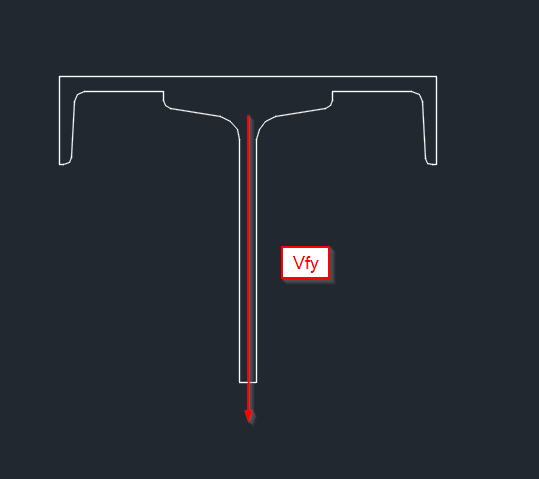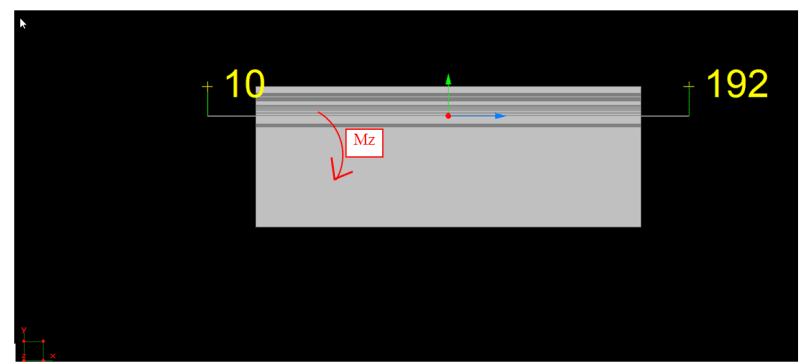Logan82
Structural
- May 5, 2021
- 212
Hi!
I have to evaluate a Beam in a T form receiving Shear + Moment at a moment connection.
The CSA S16-09 does not give a combination criteria in the form of Vf/Vr + Mf/Mr.
It there a combination criteria in a structural standard that would verify this? Or do I have to check this using mechanics of deformable solids theory?


I have to evaluate a Beam in a T form receiving Shear + Moment at a moment connection.
The CSA S16-09 does not give a combination criteria in the form of Vf/Vr + Mf/Mr.
It there a combination criteria in a structural standard that would verify this? Or do I have to check this using mechanics of deformable solids theory?





